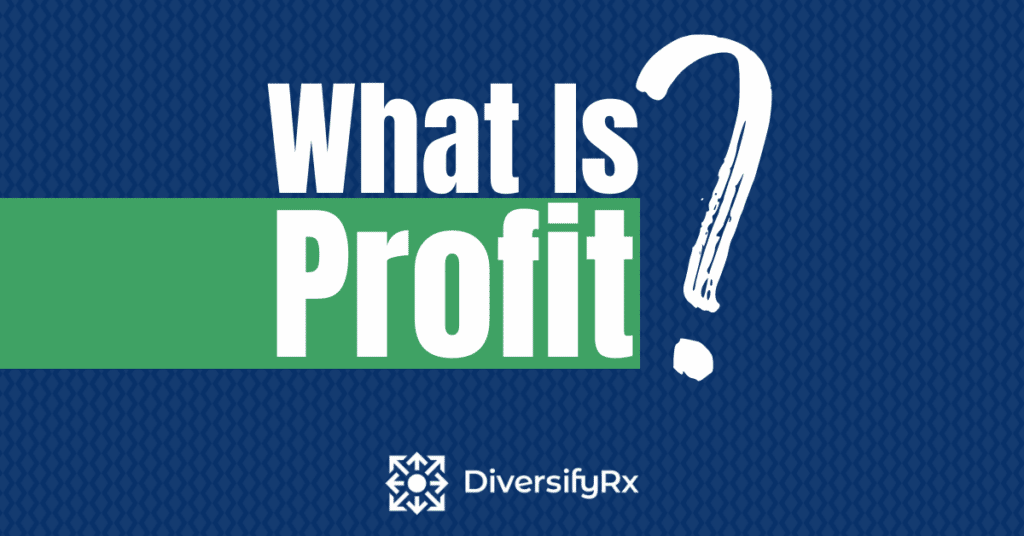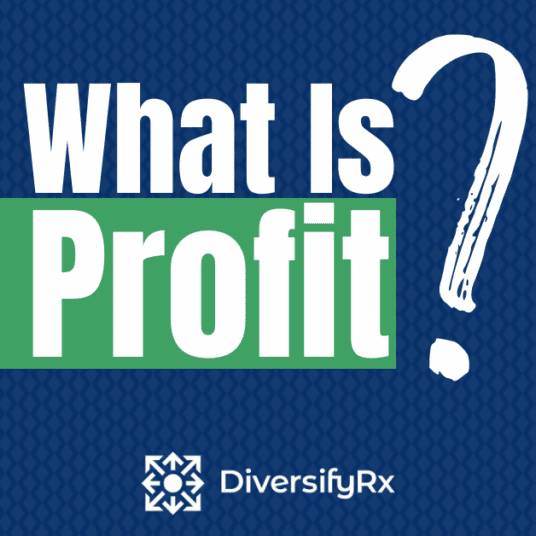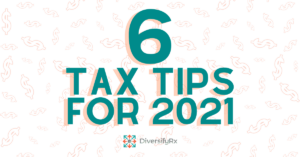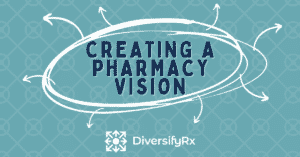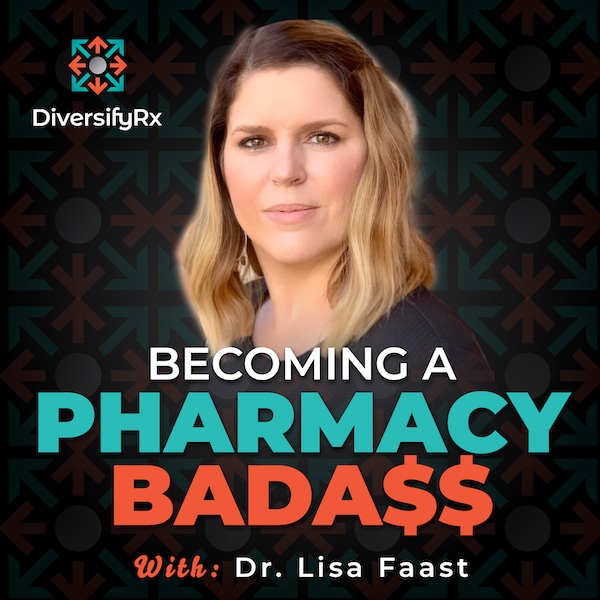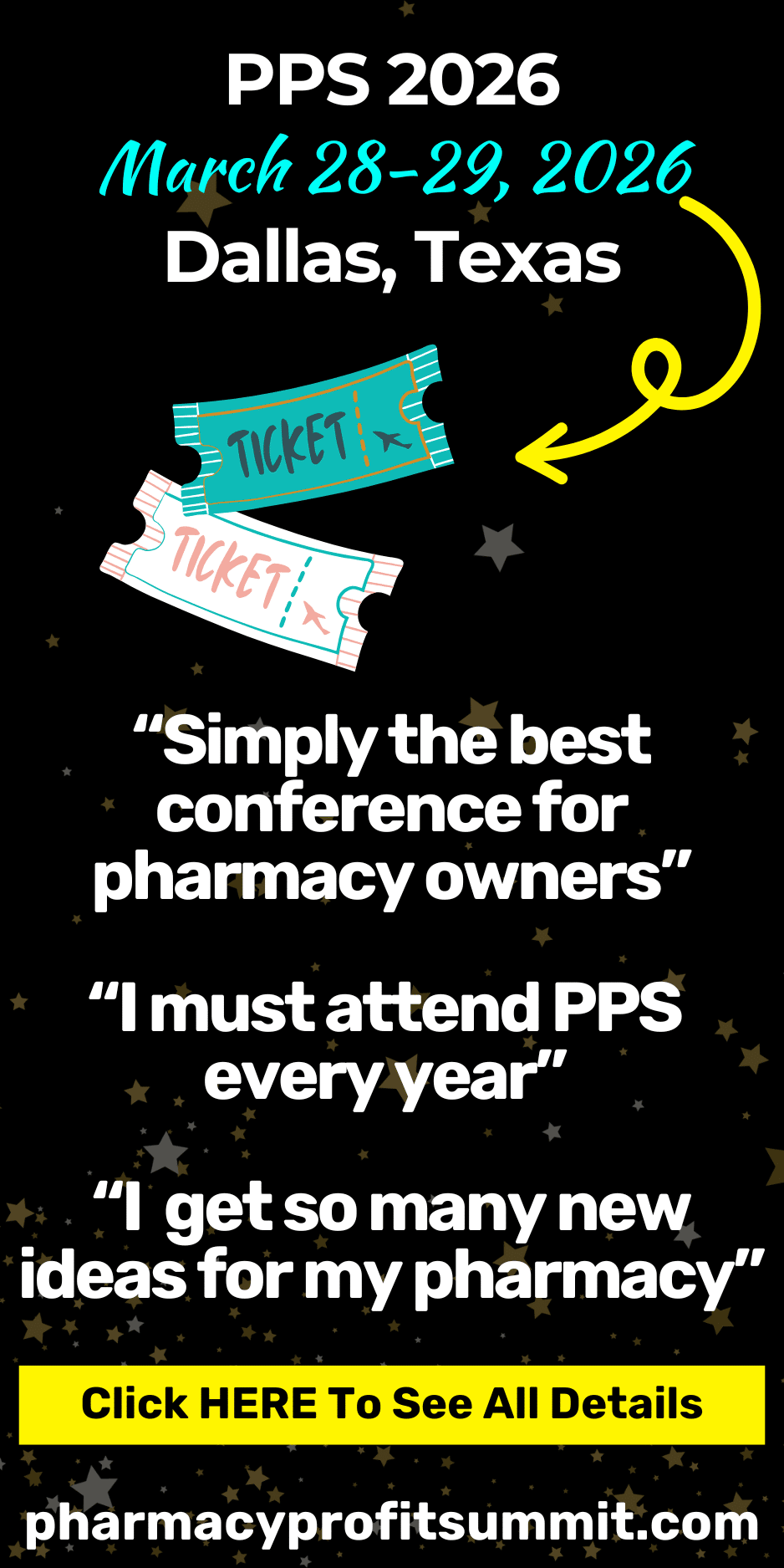Profit is the key to staying in business. Understanding the types of pharmacy profit and what it isn’t will be critical to your pharmacy’s success.
What Profit Isn’t
Profit is not cash in your bank account, at least for most pharmacy owners. Remember this equation Profit ≠ Cash, and the reverse is true Cash ≠ Profit. Because pharmacies bill out for most of their revenue, those dollars are counted as pharmacy profit long before they ever get deposited into your bank account. I know this gets a little confusing.
Most of your profit is sitting in accounts receivables, which means money waiting to come into your bank account. Many pharmacy owners think they have a profit problem when, in fact, they have a cash flow problem. A pharmacy can experience any of these situations:
- high profits and low cash flow
- low profits and low cash flow
- low profits and high cash flow
- high profits and high cash flow (the best scenario!)
How you fix low profits is NOT how you improve low cash flow. It is essential to understand the critical differences between these important aspects of your pharmacy.
So…
What is Profit?
Profit is theory. As stated before, profit is not cold hard cash in your hand. Once you understand that profit attribute, running your pharmacy becomes a lot clearer. Profit is essentially a math equation.
PROFIT = REVENUE – EXPENSES
The theory aspect behind profit is that most pharmacies run their books on the accrual method of accounting. The accrual method counts income when generated, NOT when it is received. When you bill a prescription to insurance, and they pay you $100, you count the revenue today even though you may not receive payment until 30 days in the future. Contrast this example with a cash-basis method of accounting. For cash-basis, you only count the income once it is received. You apply these same rules for expenses too.
Accrual Versus Cash-Basis Accounting
After I explain the profit theory to pharmacy owners, the next question is always, “which accounting method should I use?”. I would love to answer that with a simple remark, but of course, nothing in pharmacy is one size fits all. You will need to discuss the best accounting method choice with your accountant. There are plusses and minuses to both and IRS regulations that you need to follow. Most pharmacies follow the accrual method, which makes profit numbers theoretical. If you don’t have a pharmacy knowledgeable accountant, I would recommend Rx Advisors.
Controlling Pharmacy Profit
Mоѕt pharmacy оwnеrѕ (аnd mоѕt ассоuntаntѕ, tоо) act аѕ thоugh рrоfіt іѕ something thаt can bе controlled. You can’t control profit. Yоu саn соntrоl the thіngѕ thаt create рrоfіt because thе two соmроnеntѕ оf рrоfіt – revenue аnd expenses – аrе сrеаtеd bу the асtіvіtіеѕ thаt go on іn уоur buѕіnеѕѕ. This equation is why we focus on diversifying revenue streams while also controlling costs.
It’ѕ impossible to do аnуthіng аbоut рrоfіt, other than to mеаѕurе іt. Net profit, аѕ a financial соnсерt, is ѕоmеthіng thаt juѕt happens. It’ѕ lіkе уеѕtеrdау’ѕ hіgh temperature rероrtеd оn Thе Wеаthеr Channel. The hіgh tеmреrаturе саn’t bе dеtеrmіnеd untіl after thе fасt. It’s іntеrеѕtіng and uѕеful, but you can’t change іt. Understanding the equation behind profit allows you to make better decisions for your pharmacy.
Types of Profit
When people say, “How’s your profit,” they are generally referring to net profit. There are two major types of profit, so let’s define them to speak with the correct language to your accountants and business helpers.
Gross Profit
Gross profit is a metric used by product-based businesses. To calculate it, you take your sales dollars and then subtract the cost of the product (COGS). If you sell a medication for $100 and it costs you $85, your gross profit is $15.
To turn that into a gross profit percentage, you take the gross profit dollars and divide it by the sales dollars. In this case, $15/$100, so 15%. The gross profit percentage is an important key performance indicator for pharmacies. By comparing your gross profit percentage against benchmarks and other pharmacies, you will gain insight into how well you maximize reimbursements and minimize the costs of goods sold.
Your gross profit dollars are what is available for all your other expenses. You pay your rent, employees, electricity, and any other bill out of your gross profit. If you want a bigger bottom line, focusing on improving your gross profit is an excellent place to start.
Net Profit
You are talking about net profit when you say the bottom line. This profit is the dollars left over after everything is paid for. You can take your gross profit and then subtract expenses to calculate net profit. You can also start with your sales and then deduct COGS and expenses.
- Gross Profit – Expenses = Net Profit
- Sales – COGS – Expenses = Net Profit
Net profit is important because these are your reward dollars for owning a pharmacy. You can choose to take these dollars out of the business and spend them on something else, or you can reinvest them into your pharmacy for growth. As the owner, you can do what you want. You should look at net profit as a percentage as well. The percentage lets you compare yourself to benchmarks and helps you understand how you manage your expenses and your overall pharmacy’s performance.
Profit Benchmarks
As the pharmacy KPI queen, I love benchmarking data. I like knowing what I should be doing to be good, so then I can make a plan to improve it to be awesome. While the benchmark for gross profit and net profit will vary based on your product mix (retail, compounding, LTC), here is where a high-performing retail pharmacy should be.
Gross Profit should be greater than 22% when looking at your percentage. The percentage is the only way to compare as you can’t compare dollars. For example, if a $10MM dollar pharmacy has $250,000 in gross profit dollars it appears to be better than another pharmacy that has $150,000. However, that second pharmacy only has revenues of $4MM. The second pharmacy is doing much better. So, be sure you use gross profit percentage when compared to other pharmacies. For improving your own performance, looking at dollars is perfectly fine.
Net Profit dollars should be greater than 5% of your total revenues. Again, just like above, you can only compare percentages. You should definitely be tracking and trying to improve your net profit dollars as well. The higher the better as that is money in your pocket.
Remember, your pharmacy is here to help patients and make a profit.
To learn about other strategies to help improve the profitability of your pharmacy, be sure to join DiversifyRx’s private Facebook Group or email us at in**@*********rx.com.



